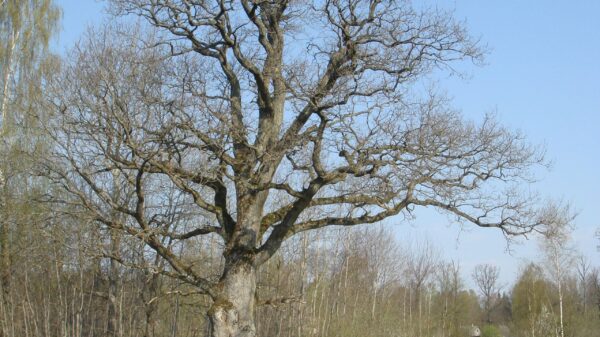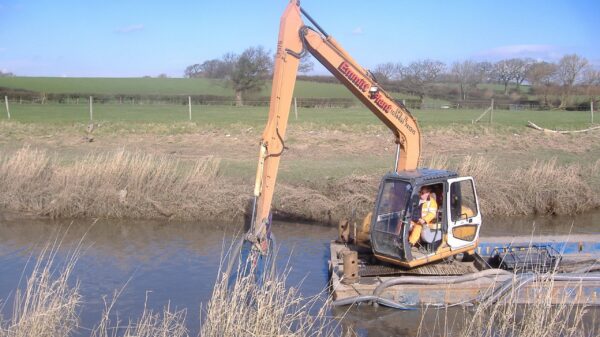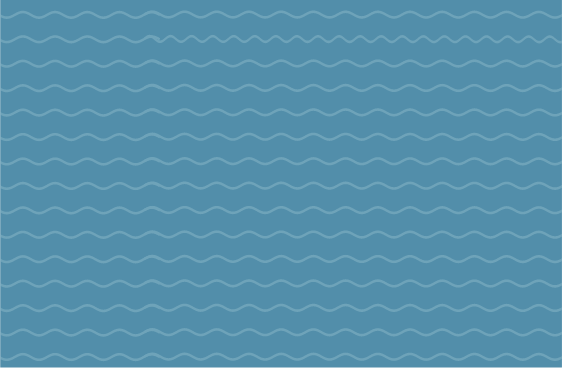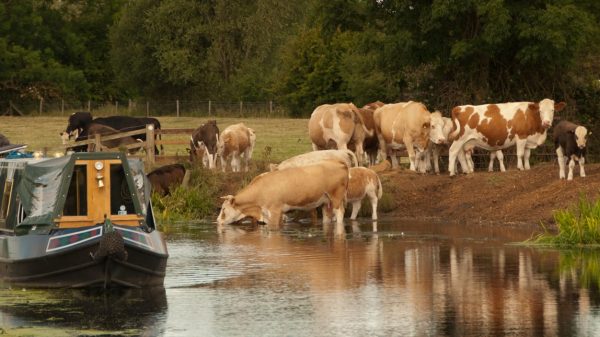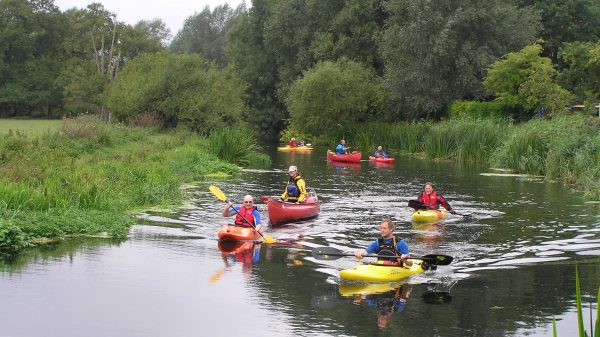What is Biosecurity?
Biosecurity is about preventing and reducing the introduction or the spreading of invasive non-native species in the wild. This is not just limited to fauna and flora but includes harmful organisms and diseases that can adversely affect native wildlife. Inland waterways in particular are at great risk and are susceptible to biosecurity issues, due to high traffic of people, boats and the connections between other waterways. It is the responsibility of everyone who uses the inland waterways to help prevent the spread of invasive species such as Himalayan Balsam & Signal Crayfish, harmful organisms including phytophera and Ash dieback; and diseases like crayfish plague. More detailed of guidance on each of the various invasive species can be found on the Non Native Species Secretariat website.
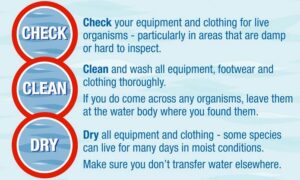
This guidance looks specifically at providing biosecurity advice for volunteers working on or near waterways. Many invasive species and harmful organisms can adversely affect how we see and use our waterways, through devastating native wildlife populations to impacting on recreational uses such as angling or restricting the navigation on active waterways.

